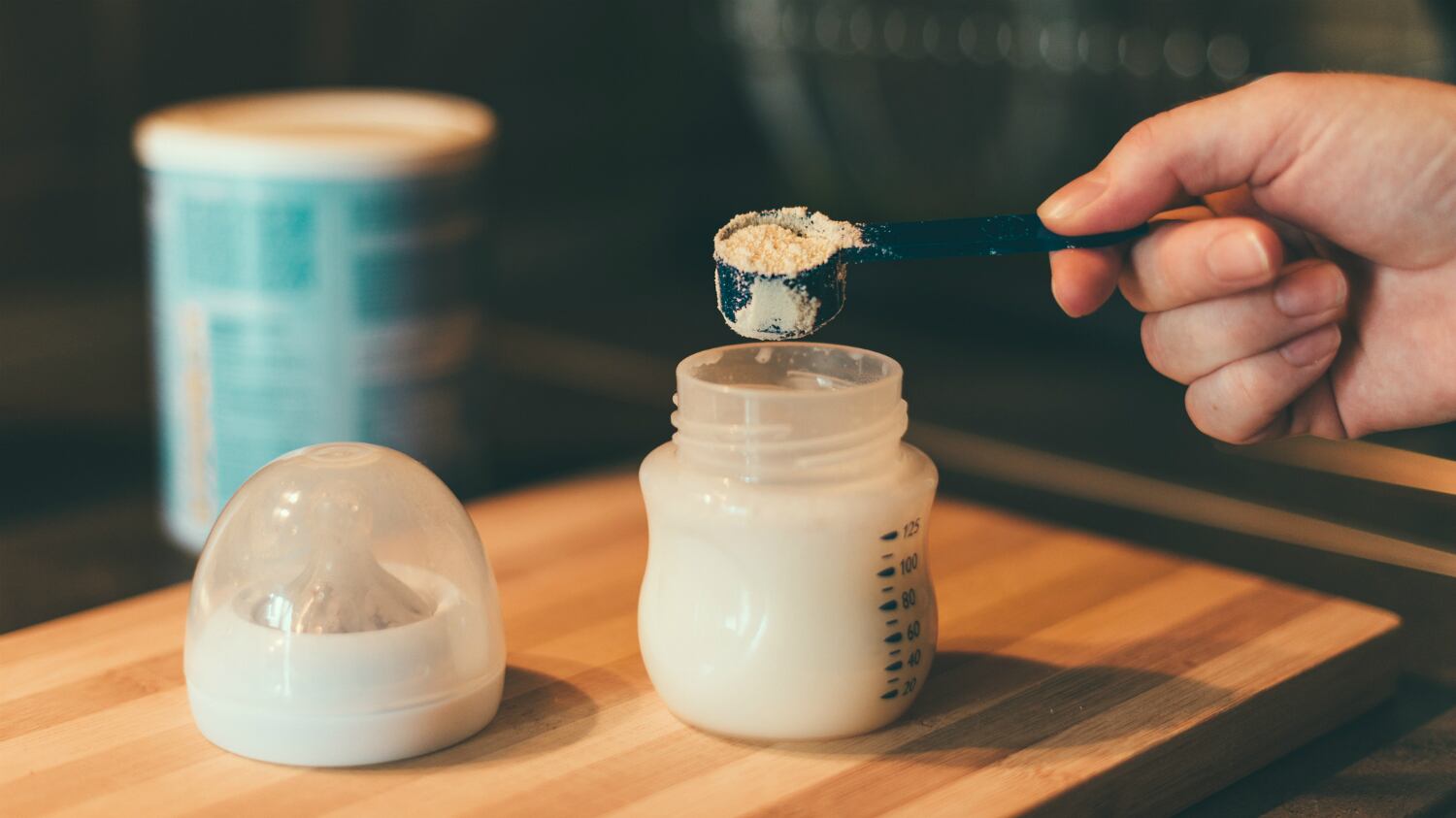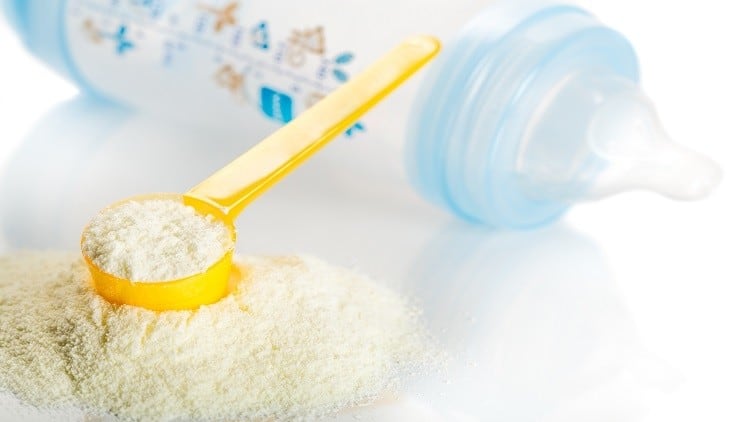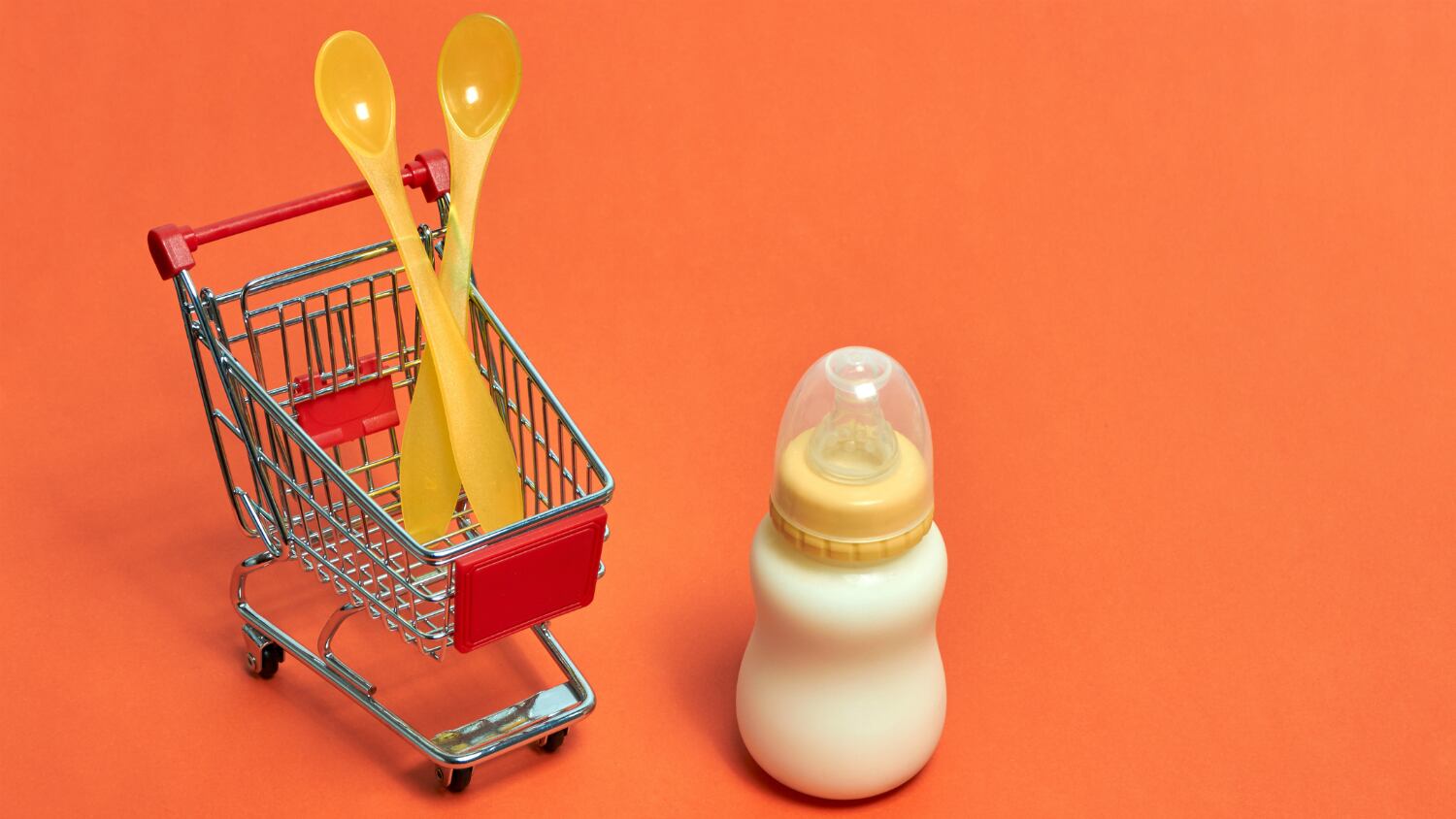Outbreaks and sporadic cases of food-borne diseases caused by B. cereus have been reported in China among both adults and children, though the prevalence of this bacterial contamination in food is not fully understood.
At the moment, China has no legal microbiological criteria for B. cereus in powdered infant and follow-up formula.
As such, researchers at the National Centre for Food Safety Risk Assessment, as well as the Centre for Disease Control and Prevention in the Zhejiang, Gansu, Jilin and Shanxi provinces, conducted a study to investigate the prevalence of B. cereus contamination in powdered infant and follow-up formula in China, in order to provide data that could aid in risk assessment and management for greater food safety.
Contamination conundrum
They collected 6,656 samples of infant and follow-up formula every quarter from retail, wholesale and online outlets in both rural and urban markets in 31 provincial-level administrative units in China.
All brands — both domestic and imported — that were sold within the sampled provinces were considered for sampling. The researchers collected one sample randomly from each batch of formula sold in each city.
Testing revealed that 7.53% of the samples had been contaminated by B. cereus at up to 10 colony-forming units (CFU) per gram, while 1.11% of the samples had been contaminated with over 100 CFU/g.
At the same time, no statistically significant differences in B. cereus contamination levels were observed between infant and follow-up formula, or among samples taken from retail, wholesale and online outlets.
However, the prevalence of contamination did differ between the sampling and production seasons: 8.8% of the samples with up to 10 CFU/g of B. cereus had been produced in summer, while 9.18% had been produced in autumn.
This was relatively higher than those produced in spring (6.67%) and winter (6.32%).
Risk and recommendation
The researchers wrote that powdered infant formula was the "primary source of nutrition for an infant" in China, and should therefore be considered a "high-risk food", especially because infants and young children tend to be more susceptible to infection and illness than adults.
In conclusion, they wrote: "The WHO estimates for the food-borne disease burden highlighted the need for attention to improved food safety that will specifically prevent infections in children.
"The data collected in this study filled gaps in the knowledge about the occurrence of B. cereus in powdered infant formula and powdered follow-up formula in China, and may be useful in the evaluation of process hygiene criteria for formula producers, and the assessment of the potential risks posed by B. cereus to infant and young children.
"This highlights the need for additional research to be conducted before the promulgation of relevant microbiological criteria."
Source: Food Control
https://doi.org/10.1016/j.foodcont.2018.05.049
"Prevalence of Bacillus cereus in powdered infant and powdered follow-up formula in China"
Authors: Xiaoyan Pei, et al.



